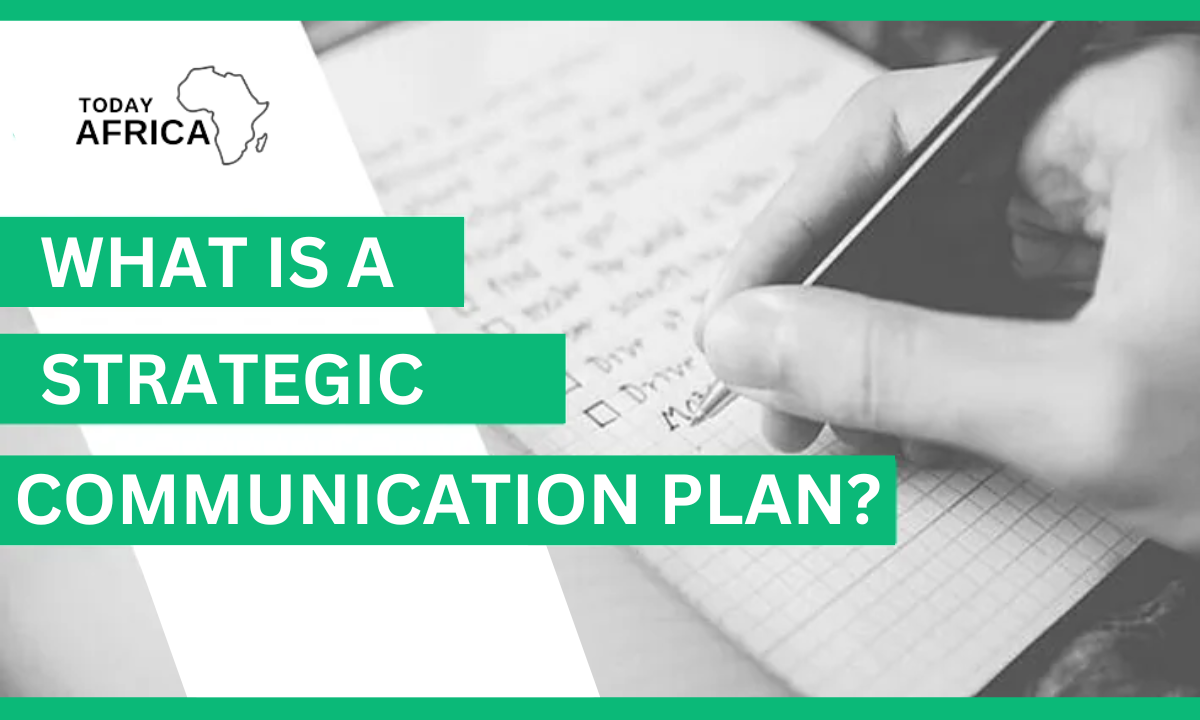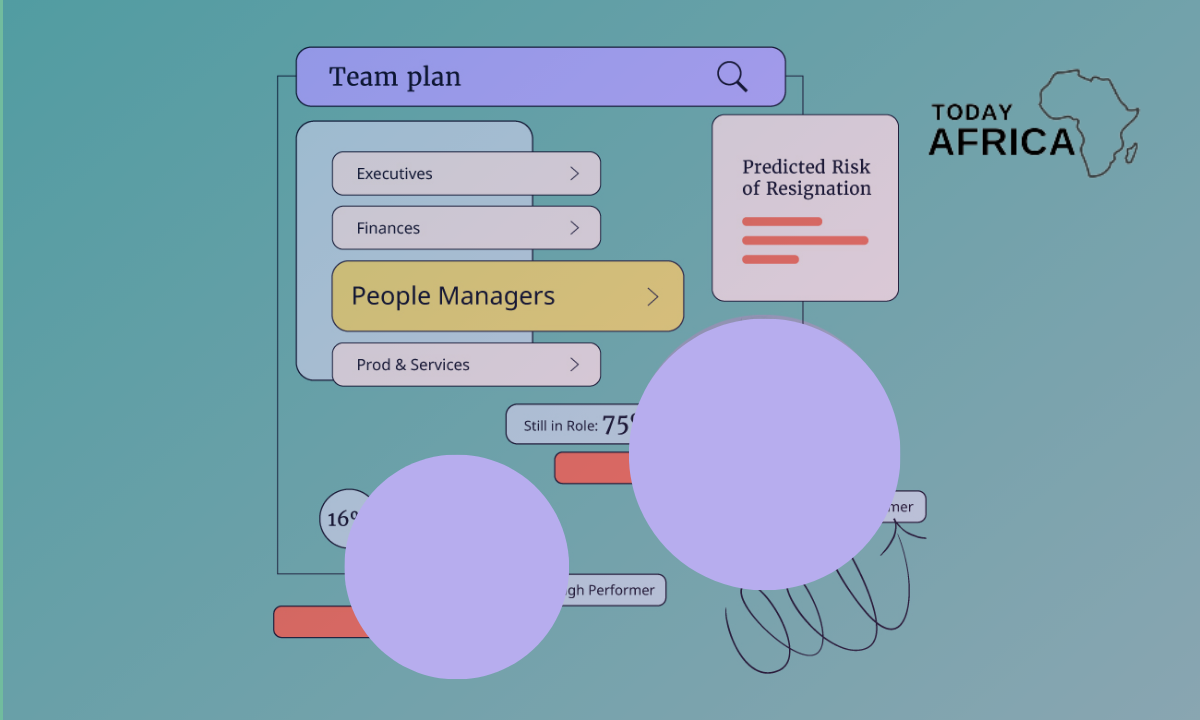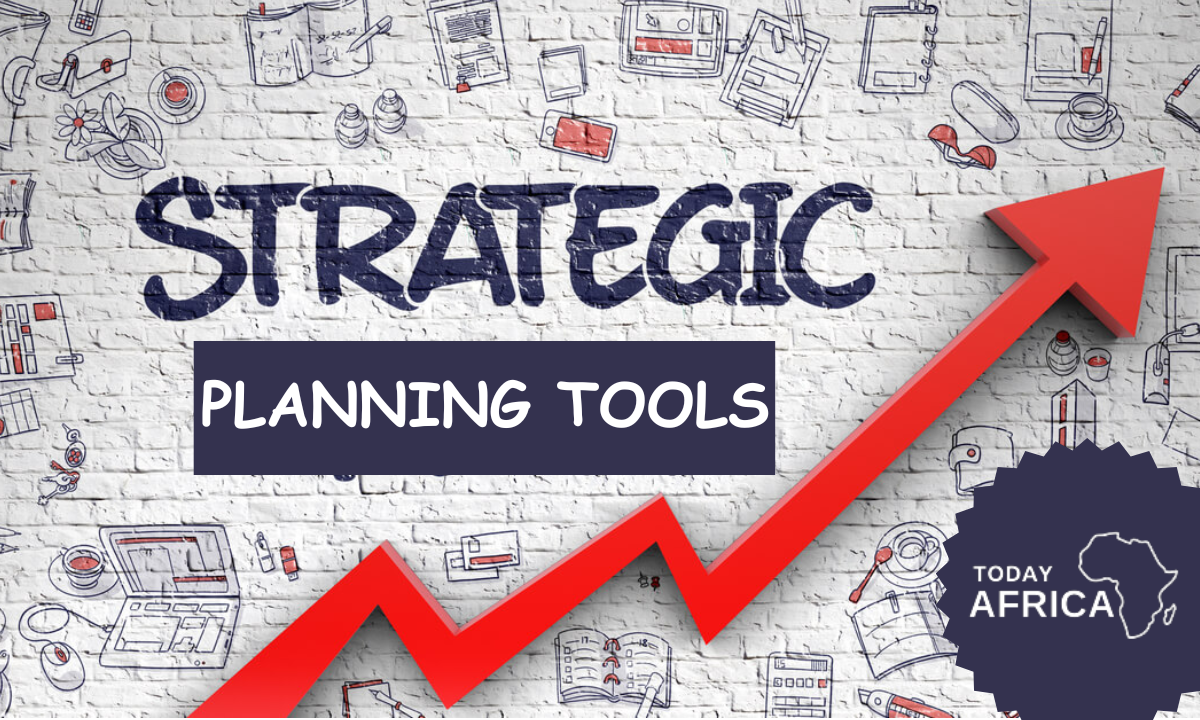Managing a workforce can be a challenge without the right workforce planning tools.
Especially if you’re spread across multiple countries or even continents. And when you’re in the middle of it all, it can be hard to see and understand the bigger picture.
Workforce planning isn’t a sprint race you do once but a marathon. It’s a continuous process on your current workforce, your future workforce. and the overall company’s strategic objectives.
Of course, it’s a time-consuming process when done manually. That’s why many businesses are turning to workforce planning tools to help streamline their workforce planning processes.
So, what is a workforce planning tool, and how can it help you achieve your organizational goals? That’s exactly what we are going to discuss in this article.
What is a Workforce Planning Tool?
Workforce planning tools are instruments that help analyze the current capabilities and future needs of the employee population.
These tools are data-driven instruments that help identify the gap between the current capabilities of the workforce and its future needs. In addition, they help you come up with ways to fill this gap.
They are designed to make your ability to carry out different workforce planning tasks easier – like:
- analyzing gaps between current capabilities and future needs
- investigating business performance and potential
- predicting future scenarios are made simpler with a workforce planning tool to help you.
Key Features and Functionalities
Demand forecasting
These tools use sophisticated algorithms to analyze historical data and predict future workforce demand. Allowing your HR team to proactively plan for recruitment, training, and retention of employees.
Supply analysis
They help assess your current workforce composition and analyze various aspects such as skills, experience, and performance metrics.
This will help identify any skill gaps or surplus within your business. Enabling your HR to make informed decisions about hiring, upskilling, or redeploying existing employees.
Scenario modeling
Simulating different workforce scenarios based on changing business conditions empowers HR teams to explore the potential impact of various factors such as:
- Mergers
- Acquisitions
- market fluctuations
- or regulatory changes.
It will help your organization devise effective contingency plans and adapt its workforce strategies accordingly.
Reporting and analytics
Effective reporting and analytics are crucial for monitoring and evaluating the success of workforce planning initiatives.
That’s why you need workforce planning tools to provide comprehensive reports. They offer insights into key metrics such as turnover rates, employee performance, and workforce costs.
Benefits of Workforce Planning Tools
Improved efficiency and productivity
By aligning your workforce capacity with business demands, your organization can enhance operational efficiency and productivity.
And that’s where workforce planning tools come in. To enable HR teams to identify and address workforce gaps or redundancies, ensuring that the right employees are available at the right time.
This results in streamlined operations, improved resource allocation, and increased overall productivity.
Cost optimization
Accurate workforce planning helps organizations optimize costs by eliminating unnecessary expenditures related to overstaffing or excessive overtime.
By forecasting workforce demand and supply accurately, organizations can effectively manage labor costs, recruitment expenses, and training investments.
Talent retention and development
Workforce planning tools provide insights into your employees’ skills, performance, and career aspirations.
This enables your company to identify high-potential employees and create targeted development plans.
That will not only enhance employee engagement but reduce turnover rates, and cultivate a culture of continuous learning and development.
Agility and adaptability
Workforce planning tools allow organizations to quickly respond to market changes, industry trends, and emerging opportunities.
So, by aligning workforce strategies with changing business needs. You are sure of having the right talent that will capitalize on new opportunities and drive innovation in your company.
Best Workforce Planning Tools
There are factors to consider when choosing a workforce planning tool – scalability, ease of use, integration capabilities, and customer support.
This will help organizations select a tool that best fits their unique requirements and maximizes the benefits of workforce planning.
| Workforce Planning Tool | Description |
| Strategic Workforce Planning Map | A tool that helps businesses align their workforce planning with organizational goals and strategy by considering current supply and demand trends, products and services offered, and competition. |
| 9-Box Grid | Also known as the performance-potential matrix, this tool maps employees’ past performance against their future potential, providing insights into performance management and identifying potential leaders for promotions or raises. |
| HR Dashboarding | An HR dashboard tool that tracks, analyzes, and reports key HR metrics, such as staff succession and turnover rates, performance data, and absence rates, enabling data-driven decision-making in strategic workforce planning. |
| Compensation and Benefits Analysis | This tool helps organizations understand the market competitiveness of their compensation and benefits packages, ensuring appropriate compensation for employees based on their effort and performance, and avoiding talent attrition and underperformance. |
| Scenario Planning | A tool used to predict and analyze potential future scenarios and their impact on the workforce and business performance, by considering internal and external factors that drive change and aligning them with organizational strategy. |
| Learning Management System (LMS) | An LMS tool facilitates the learning process by housing, delivering, and tracking learning materials. It ensures consistency in employee training and development, aligning the workforce’s skills and capabilities with organizational goals and future workforce requirements. |
Conclusion
Effective workforce planning is an important component of your organizational success. And by harnessing the power of a workforce planning tool. Your business can optimize its workforce strategies, streamline operations, and achieve optimal efficiency.
















